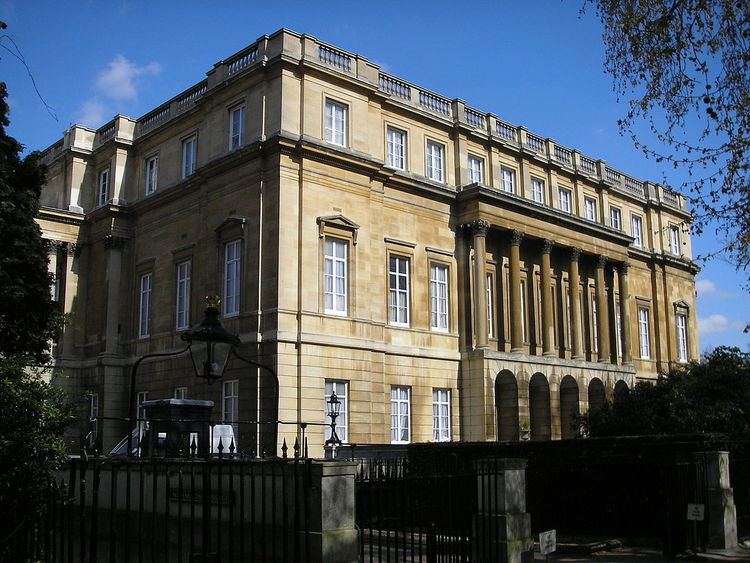Dates July 15–17, 1991 | ||
 | ||
The 17th G7 Summit was held in London, England, United Kingdom between July 15 to 17, 1991. The venue for the summit meetings was Lancaster House in London.
Contents
The Group of Seven (G7) was an unofficial forum which brought together the heads of the richest industrialized countries: France, Germany, Italy, Japan, the United Kingdom, the United States, Canada (since 1976) and the President of the European Commission (starting officially in 1981). The summits were not meant to be linked formally with wider international institutions; and in fact, a mild rebellion against the stiff formality of other international meetings was a part of the genesis of cooperation between France's President Giscard d'Estaing and West Germany's Chancellor Helmut Schmidt as they conceived the first Group of Six (G6) summit in 1975.
Leaders at the Summit
The G7 is an unofficial annual forum for the leaders of Canada, the European Commission, France, Germany, Italy, Japan, the United Kingdom and the United States.
The 17th G7 summit was the first summit for British Prime Minister John Major and the last summit for Italian Prime Minister Giulio Andreotti. It was also the last summit for Japanese Prime Minister Toshiki Kaifu.
Core G7 participants
These summit participants are the current "core members" of the international forum:
Others
British Prime Minister John Major sent a letter to other members of the G7, asking for their permission to invite Mikhail Gorbachev, who has been pressing to come to London to plead for more Western economic support for his country. Pressure to invite Mr. Gorbachev had come mainly from the leaders of France, Germany and Italy who have made public appeals for him to be invited to attend; but Britain sent the official invitation inviting the Soviet Union to participate. A wry comment which was oft repeated during the summit was that G7 had become the G8½ with the participation of the European Community and the meetings with Gorbachev.
Issues
The summit was intended as a venue for resolving differences among its members. As a practical matter, the summit was also conceived as an opportunity for its members to give each other mutual encouragement in the face of difficult economic decisions. In anticipation of this conference, a new 35-foot-long table was built for the Long Gallery, where the main negotiating sessions were planned to unfold. Issues which were discussed at this summit included:
Accomplishments
In 1991, the summit leaders proclaimed "concern" about protecting existing forests, but there is little evidence of follow-up action.
